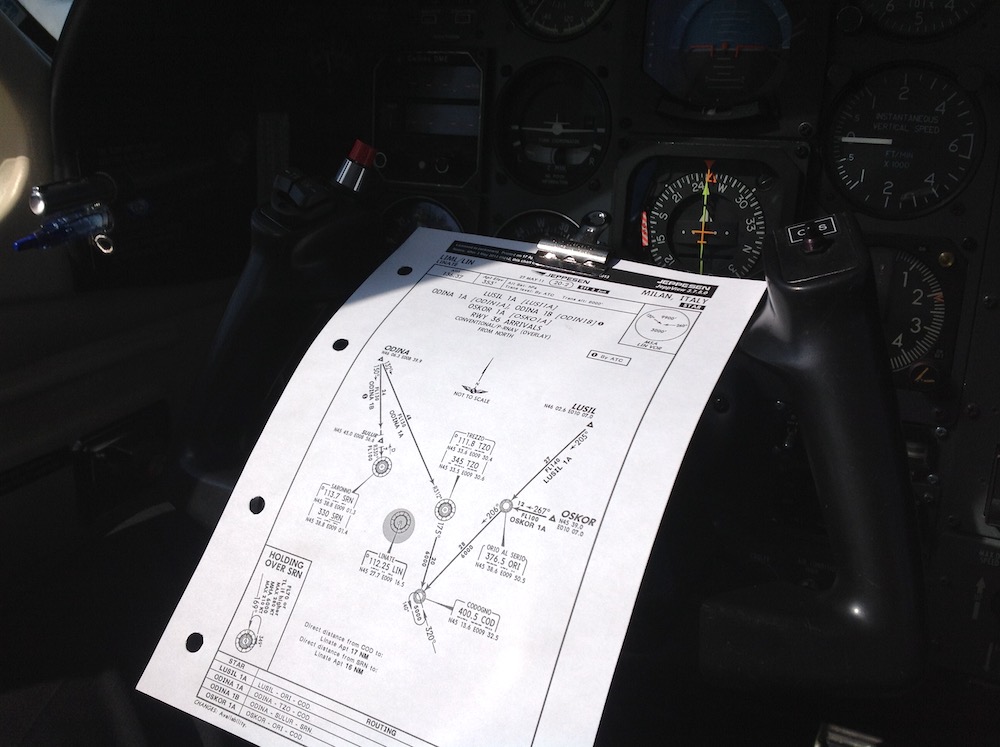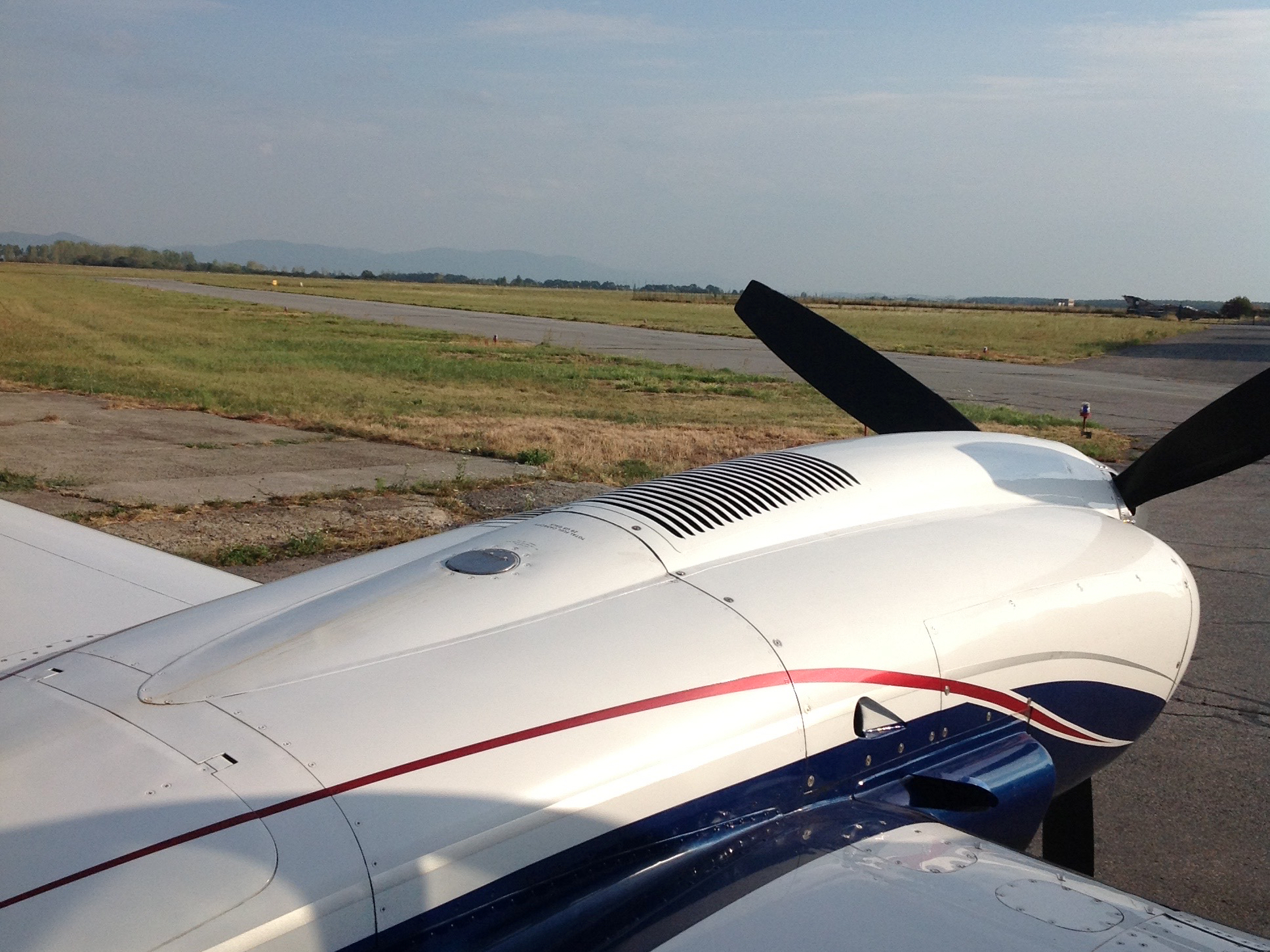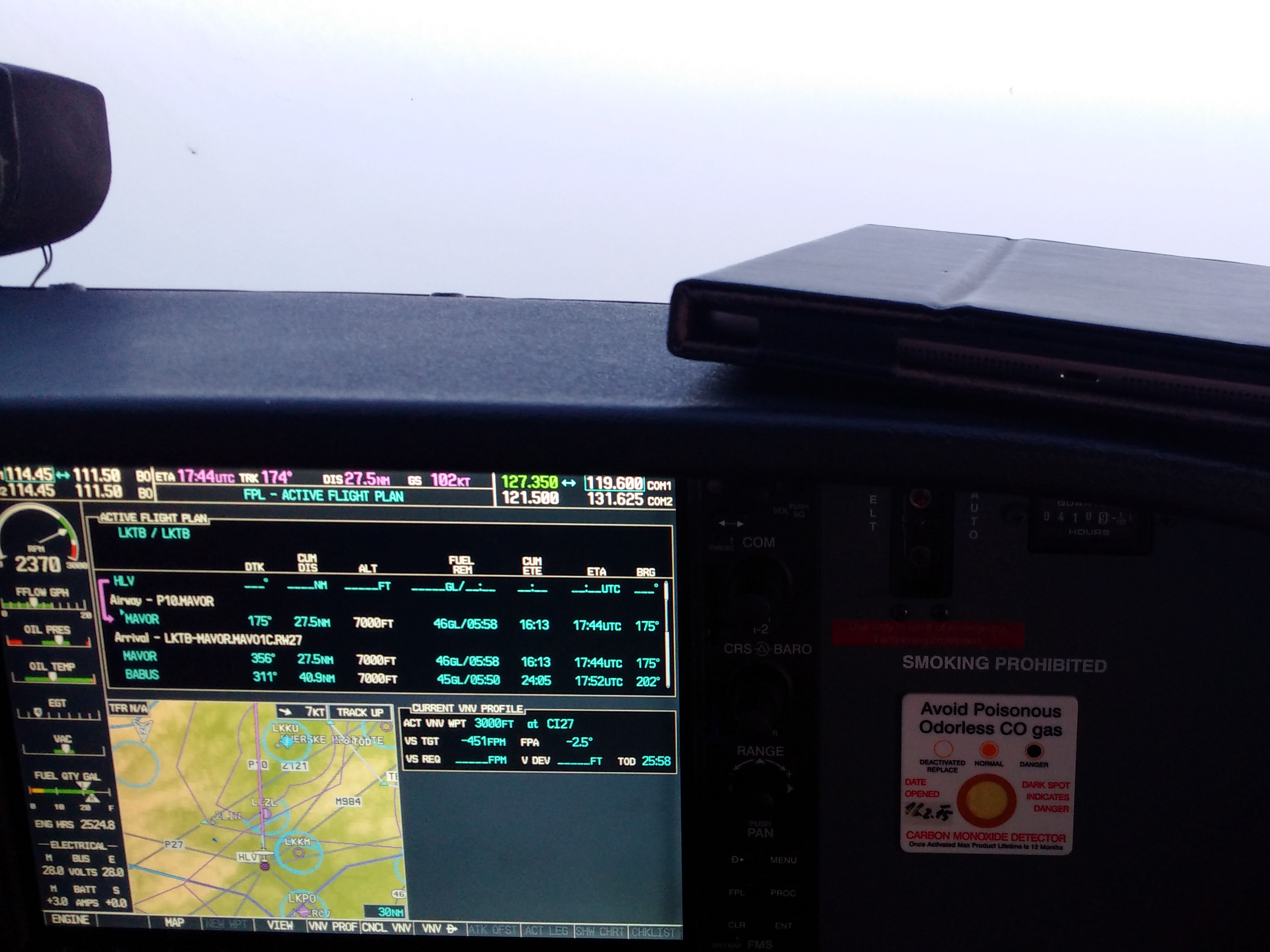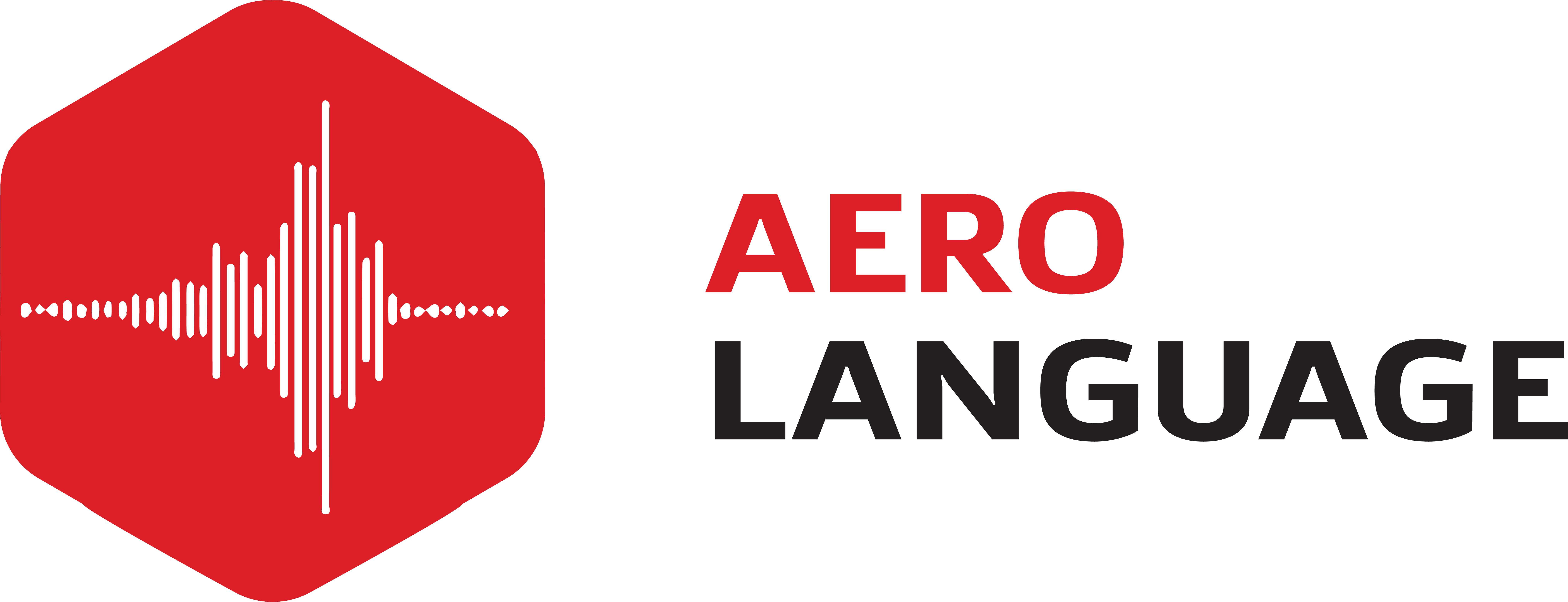.jpg)
IR Single Engine
Instrument Rating Single-Engine
IR(A) SE

IR Multi Engine
Instrument Rating Multi-Engine
Full EASA IFR certification as IR(A) ME ✓
Modular Instrument rating
The purpose of instrument rating training is to learn how to safely fly an aircraft in IMC and comply with world-wide recognized procedures designed in accordance with ICAO Doc 8168. Procedures established by ICAO Doc 8168 are with small differences identical worldwide.
Being well-trained instrument-rated pilot significantly enhances your pilot skills. Choosing the proper flight school for instrument rating training is essentially important. Modular Instrument Rating is quite a long lasting training, however each particular training session has its own content broke down to minutes for each particular exercise. You do not feel the difference until you come to the type rating training course or you find yourself without autopilot in IMC.
Modular instrument rating is the conventional path of become instrument-rated pilot in EASA.
One recommendation we can give you is - do not save the money on your instrument rating and especially on your instrument rating instructor. The investment in highly professional instrument rating will save you a lot of money, time and effort in the near future. Our IR instructors are mostly airline pilots and business jet pilots. ProfiPilot Training team consists of instrument instructors being recognized professionals. We will provide you with the airline-like and industry top-end IR training.
Instrument rating privileges
All operations under IFR shall be conducted only by holders of a PPL, CPL, MPL and ATPL with an instrument rating appropriate to the category of aircraft or while undergoing skill test or dual flight training towards the instrument rating.
The privileges of instrument-rated pilot are to fly aircraft under IFR, including PBN operations, with a minimum decision height of no less than 200 feet (60 m) and minimum runway visual range (RVR) of 550m. Holders of an instrument rating shall exercise their privileges in accordance with the conditions established in Appendix 8 Part FCL.
Instrument rating for private pilots
Being instrument-rated enhances the safety and operational capability of a leisure pilot. You will be able to depart or land in destination with your private aircraft during significantly worse weather than you were used to. Instrument Flying Conditions will not be a factor anymore, so you can easily make it home yourself after a business trip with you light twin.
Instrument rating for professional pilots
Majority of the professional pilots are aiming for the airline or business aviation operation. Instrument Flying and flying in accordance with IFR will become your daily bread once you join the scheduled or non-scheduled air transport. All commercial flights are operated under IFR. There is simple reason behind. It does not matter which airport you are flying to nor the current weather conditions. If you are flying in accordance the Instrument Flying Rules, the procedures are almost the same. Your routine is the same in nice sunny weather as well as during the low visibility operations. That is the reason why all the commercial air transport aeroplanes are flying IFR even in nice weather.
You need to learn the basics of the instrument flight and this is exactly the training where it is being done. Once you come to the type rating training everybody will assume you know what are the minimum climb gradients, what is the obstacle clearance and how to properly fly all instrument procedures such as RNP approach, VOR-DME and obviously an ILS. There will be no time for you to learn this at the later stage. Therefore the instrument training provided on highest professional level is essentially important for your future Frozen ATPL and career path.
Revalidation of Instrument Rating
Instrument rating is valid for 12 months. To revalidate an instrument rating, you have to comply with FCL.625.A and you have to pass a proficiency check with an EASA Class Rating Examiner or Instrument Rating Examiner. An flight simulator representing the relevant class rating - e.g. MEP(land) may be used for the revalidation provided that at least each alternate proficiency check for the revalidation of an instrument rating is performed in an aeroplane. Thus for each alternate instrument rating revalidation you have to also attend class rating renewal training and proficiency check.





